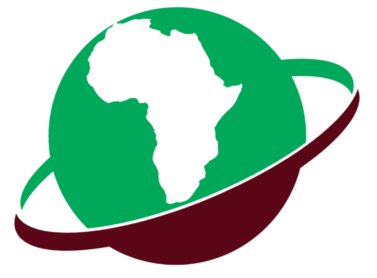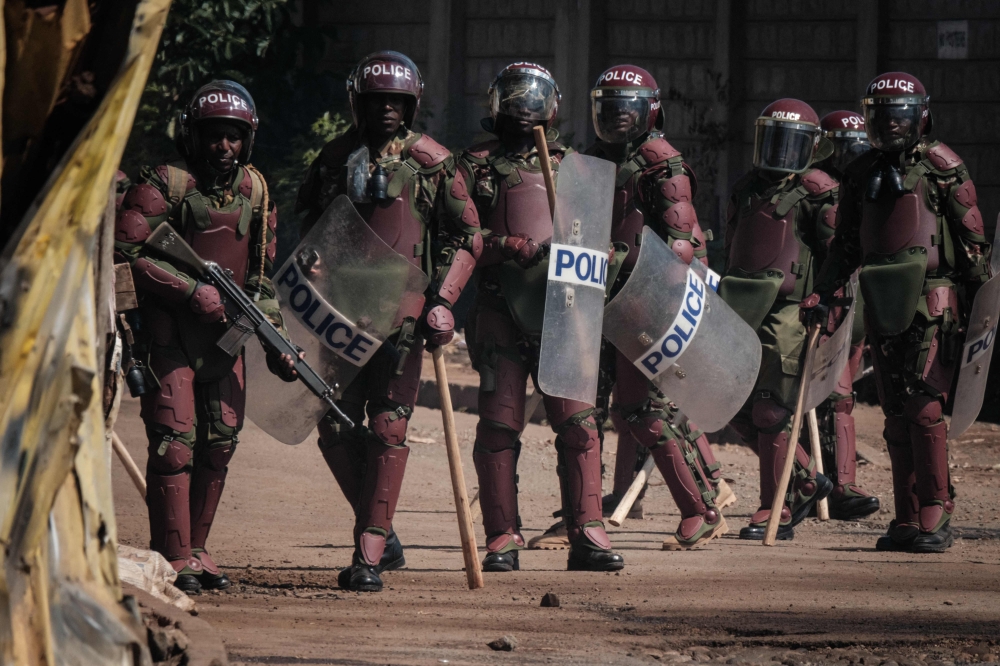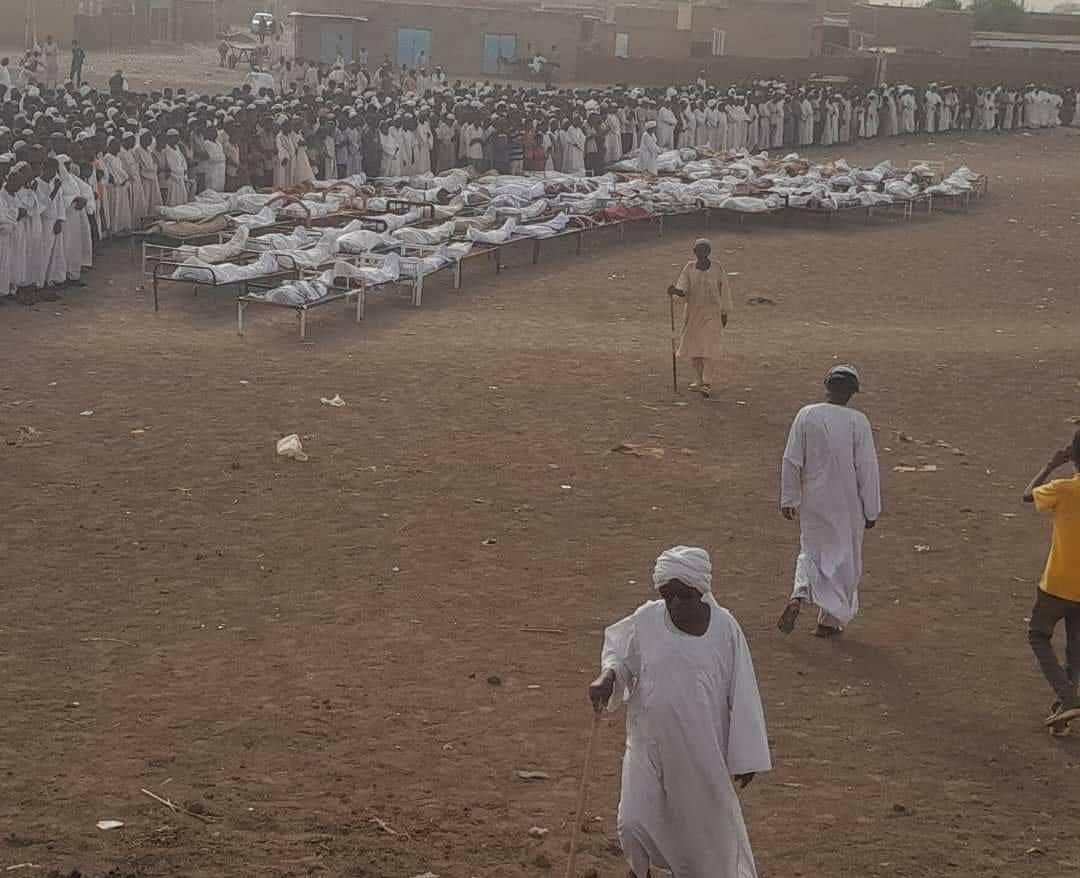[ad_1]
Climate activists say climate change is the reason behind the increased number of floods.
Qatar Red Crescent Society (QRCS) says that it is monitoring the floods in South Africa, which killed at least 400 people.
Heavy rain fall on 11 April, the heaviest the country witnessed in 60 years, led to the floods in South Africa’s coastal city, Durban.
According to QRCS, more than 41,000 people have been impacted by the environmental disaster, displacing thousands of the country’s population. Whilst the South African government opened 24 temporary shelters, the capacity is not sufficient for those forced out of their homes.
The floods destroyed parts of South Africa’s infrastructure and led to a financial damage amounting to hundreds of millions of dollars. Operations at Africa’s busiest ports of Durban have also been disrupted by the floods.
Durban is home to 3.5 million people and has been particularly affected by the disaster.
QRCS stated that more than 264 schools have been destroyed.
In a phone call on Thursday, Qatar’s Amir Sheikh Tamim bin Hamad Al Thani gave his condolences to South Africa’s President Cyril Ramaphosa for the victims of the floods and their families.
“His Highness also expressed, during the call, his confidence that South Africa can overcome the crisis, stressing the State of Qatar’s support and readiness to assist the South African people in addressing the humanitarian crisis,” said the Amiri Diwan.
On Friday, Qatar’s Foreign Minister Sheikh Mohammed bin Abdulrahman Al Thani conveyed the same message to his South African counterpart Naledi Pandor.
Sheikh Mohammed also offered his condolences for the victims and wished the people who have been impacted by the floods a speedy recovery.
According to Reuters, climate activists cited climate change as the reason behind the floods in Africa’s southeastern coast, warning that they are going to increase.
The floods would pose a threat on South Africa’s economy. According to South African media, News24, its gross loan debt has nearly doubled between the past five financial years, starting from 2017-2018 and 2021-2022.
The media outlet stated that the country borrowed more than $123 billion from local and international investors.
This Covid-19 outbreak has contributed to the economic situation in South Africa and most parts of the world.
In January, the World Bank provided South Africa with a $750 million loan to boost its Covid-19 response and its Economic Reconstruction and Recovery Plan (ERRP).
In April last year, the New Development Bank (NDB) approved $1 billion of Covid-19 Emergency Program Loan to help the country recover from the impact of the pandemic.
During the beginning of the Covid-19 outbreak in 2020, the International Monetary Fund (IMF) had approved $4.3 billion worth of emergency support to South Africa.
According to the World Bank, South Africa’s economy’s began its post-pandemic recovery in 2021, with its GDP witnessing a growth of 4.9%.
“Growth was supported by favorable global demand and commodity prices, as well as the rebound in domestic economic activities from the 2020 recession,” said the World Bank.
The impact of the beginning of the pandemic remains, with 1.9 less people employed by the end of 2021 in comparison with the quarter prior the outbreak.
South Africa’s economic recovery is expected to witness around 2.1% growth this year.
Follow Doha News on Twitter, Instagram, Facebook and Youtube
[ad_2]
Source link

















Leave a Reply